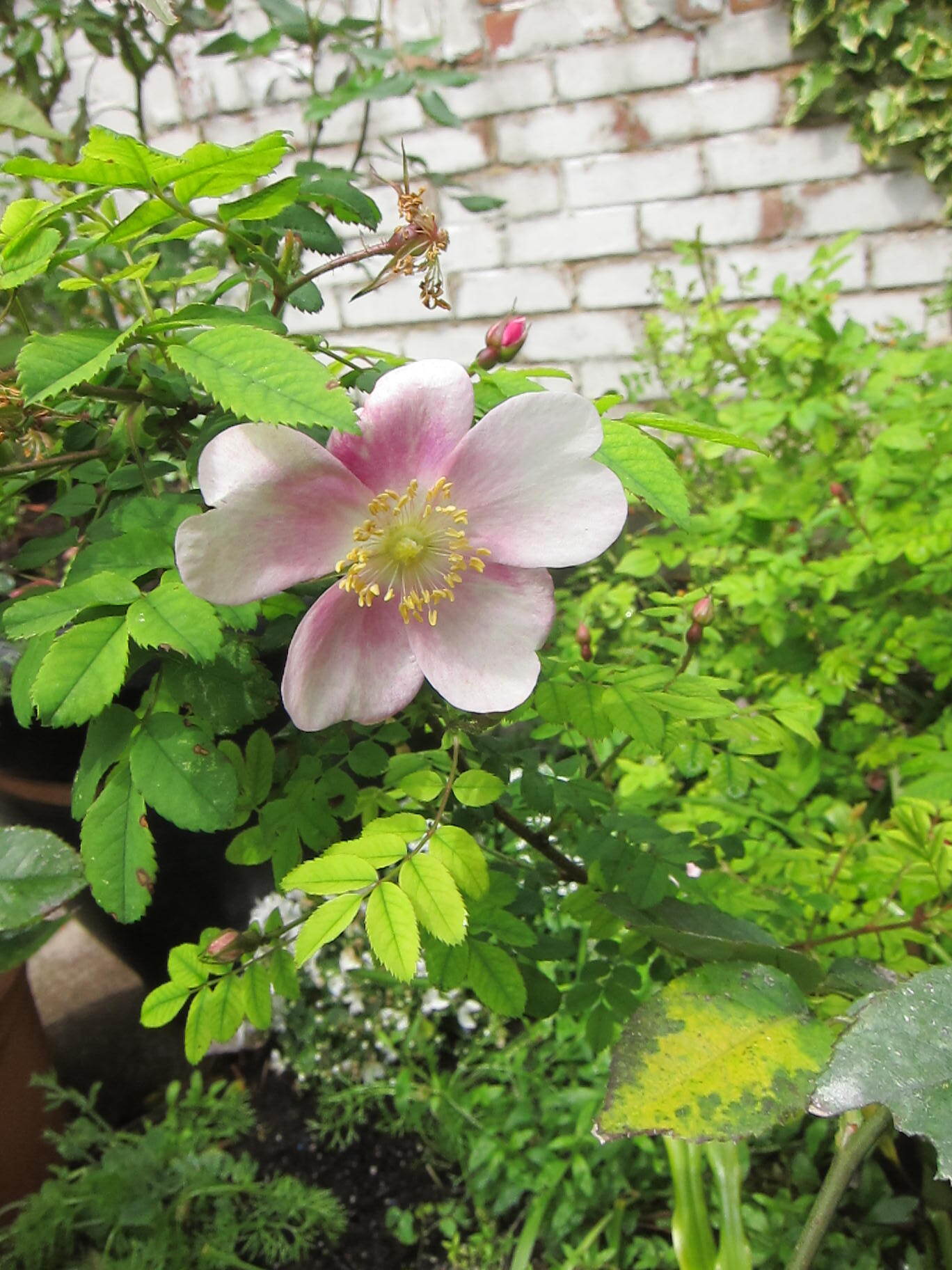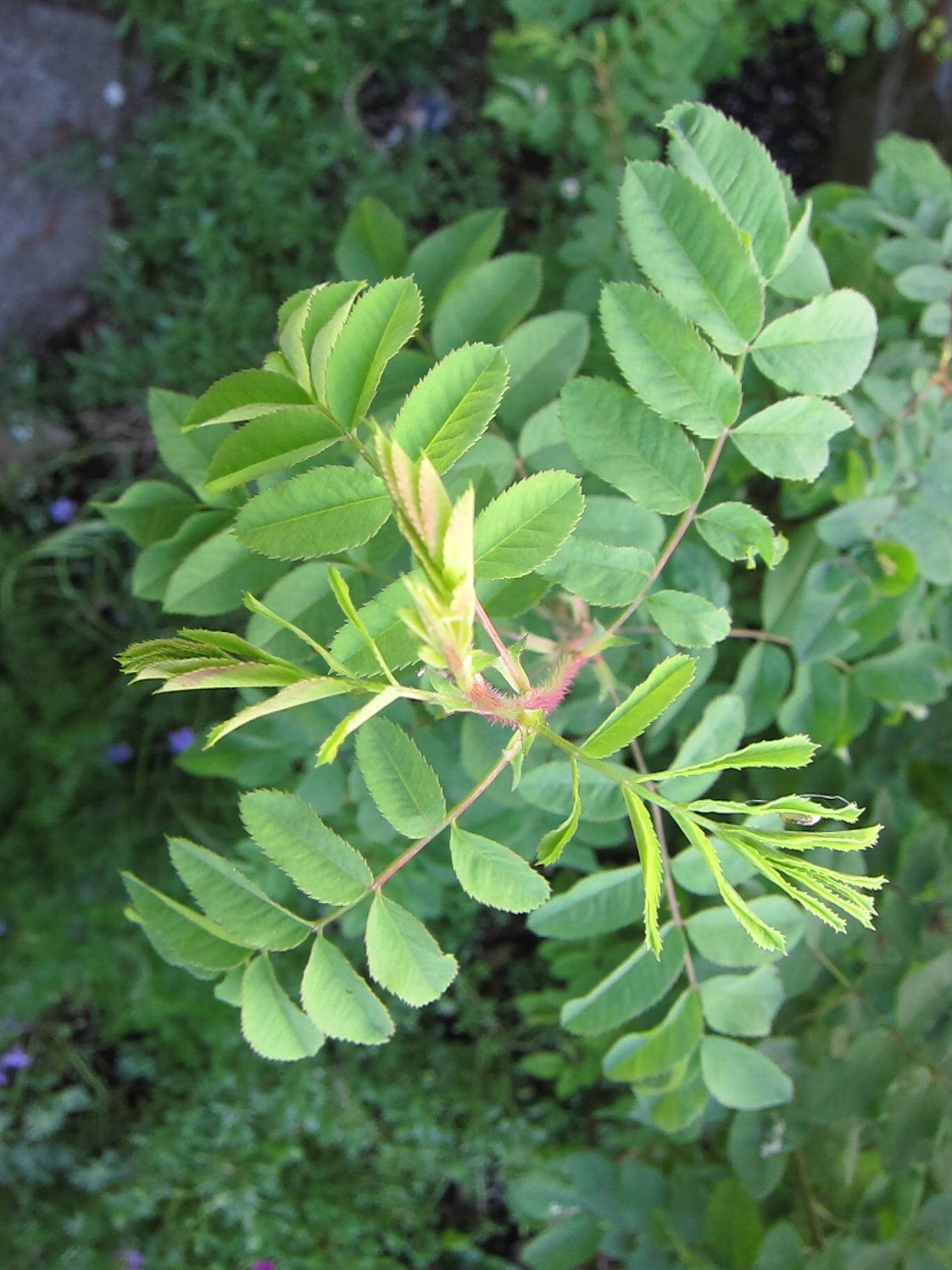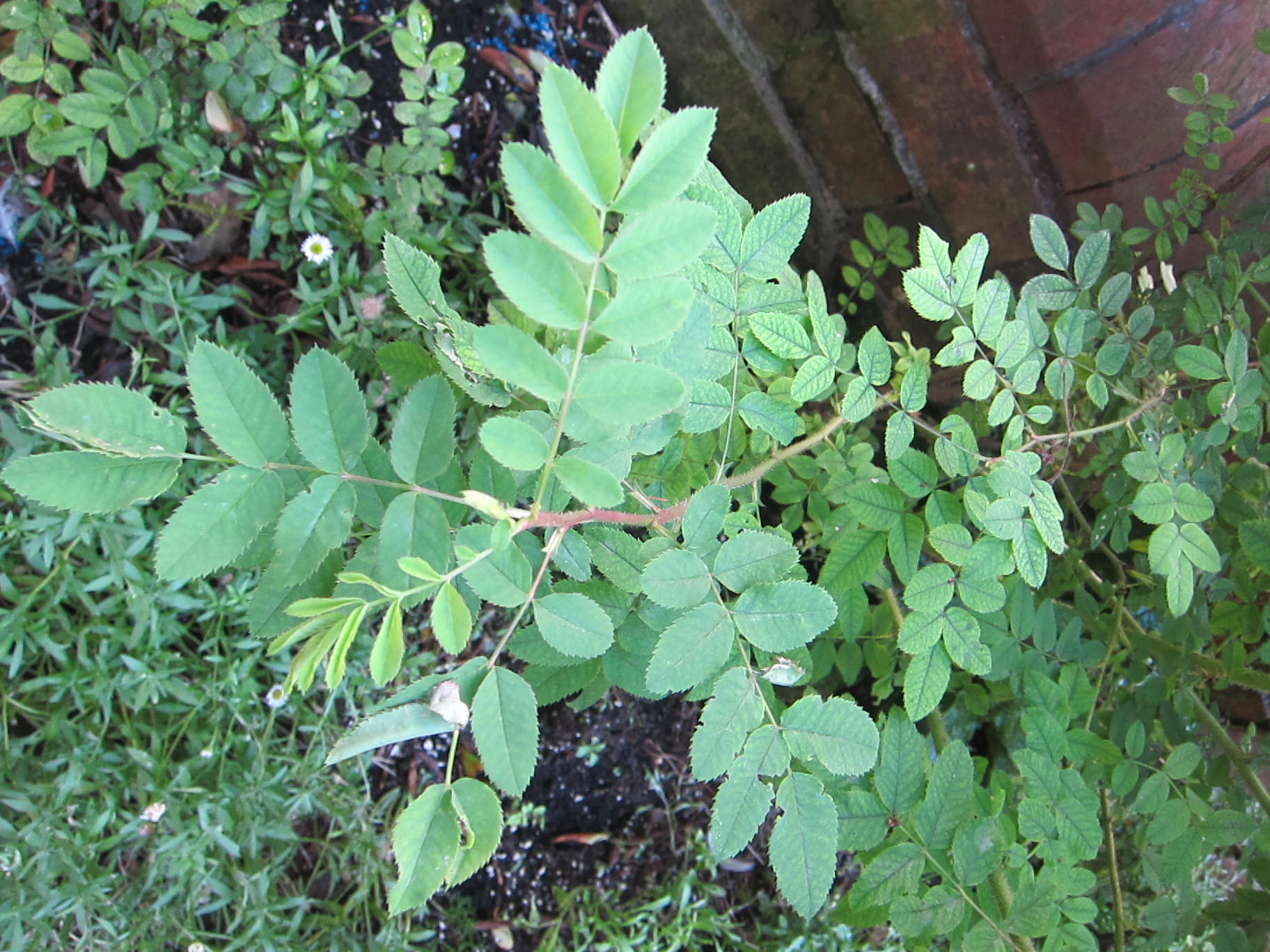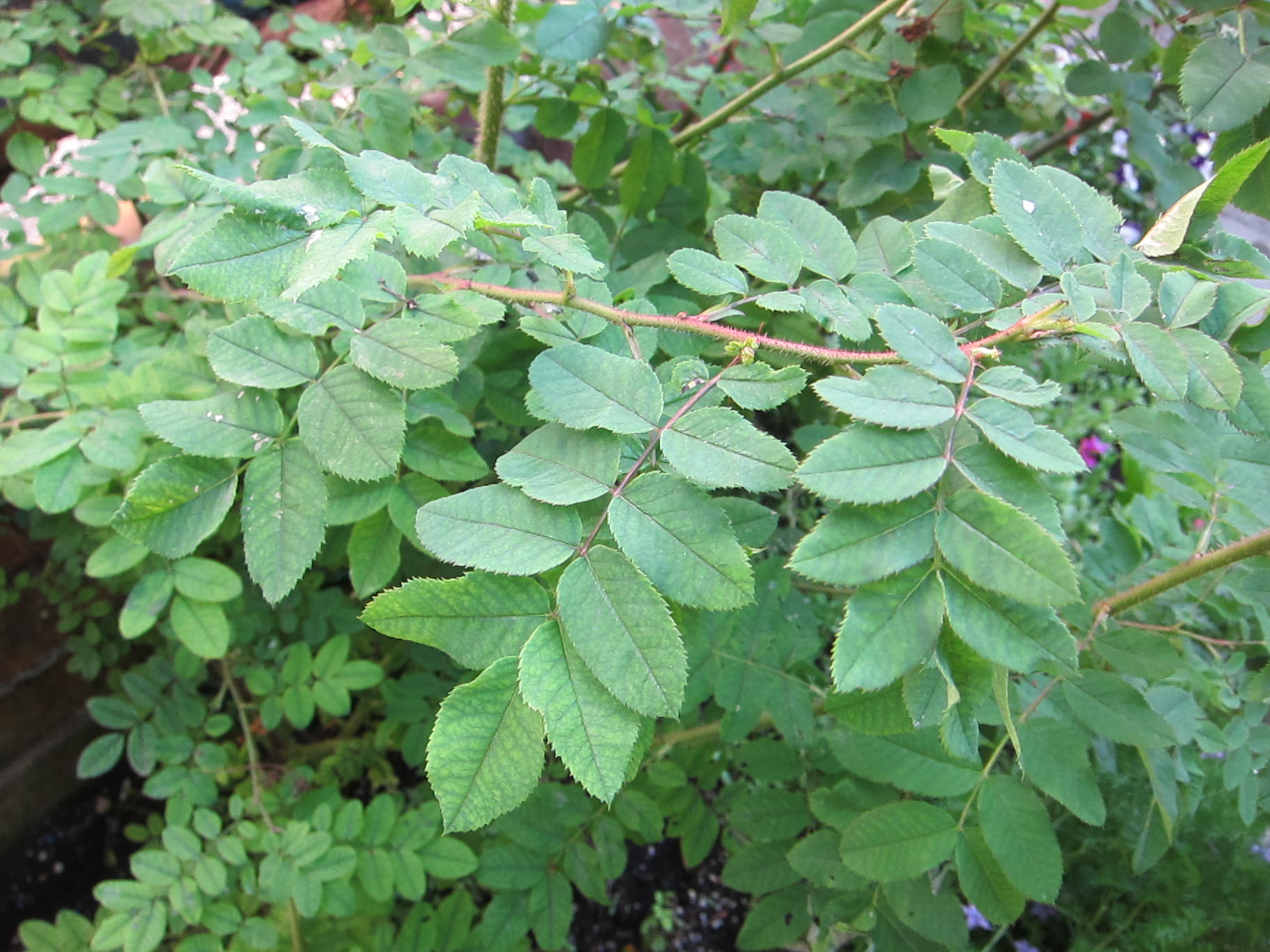It is once flowering, and these photographs were taken in late May this year.


Hard to tell, but looks a bit like r. woodsii maybe.
Thanks for that information, it is really helpful.
It seems this rose is native to North and Central America. One website says it has low tolerance of Calcium Carbonate, which is bad news for me as our soil is chalky and our water has a high level of Calcium and Magnesium Carbonate.
I suspect that the colour of this rose should be deeper, and its leaves look to me to be prone to iron deficiency, though it has just formed a lot of fresh green leaves, maybe because during the spring I sprayed it with a lot of SB Plant Invigorator, which I think contains iron as a foliar spray. I also give it Maxicrop sequestered iron with seaweed, I don’t know if I am doing that right or at the right time. I am wondering if it would help this rose if I put a lot of pine cones around its base, as they might make the soil more acidic and neutralise the alkaline Calcium and Magnesium Carbonate? I read that one variety of Rosa woodsii comes from Californian pine forests.
Lowering soil pH is extremely difficult to do, and is probably not a very good solution; if you can alter the pH enough for the plant’s liking, you will need to regularly re-apply the acidifying ingredient to maintain the effect. Of the soil-acidifying options available, pine cones or needles would not be even close to sufficient. Something like elemental sulfur would be more effective, although it takes months to have an effect on soil pH and still needs to be reapplied regularly to maintain any gains made. Provision of chelated iron can help significantly under less than ideal soil conditions, although that will also require a long-term commitment. A completely different growing medium (i.e., planting into a raised bed filled with a preferred soil type) would probably be much better. If you can prepare an acidic growing medium in a raised bed or container, you could bare-root the plant once it goes dormant and replant it. The rose may still need some supplemental iron, but it will be far less difficult to keep the rose happy if the soil is right.
Stefan
I am still not certain what this rose is. It is a bush, about 2.5 feet high. It seems to have 9 to 11 leaflets. I read that Rosa woodsii is about 10 feet high. This seems a smaller, graceful little bush, with many bristly stems coming out of the ground, and ferny leaves.
If it is a prairie rose (Rosa arkansana) then it might not need quite so much soil acidifying, and most of my roses seem to need a bit of iron foliar spray. It is not so much the soil in a chalky area, it is the water you have to water them with, which contains a lot of calcium and magnesium. An older shrub wouldn’t need so much watering, so that problem should lessen with time. Some American wild roses seem to be more chalk hating than others, and from what I can gather Rosa arkansana isn’t so chalk averse as Rosa woodsii, though obviously not as chalk loving as the English wild roses that grow in chalky areas.


